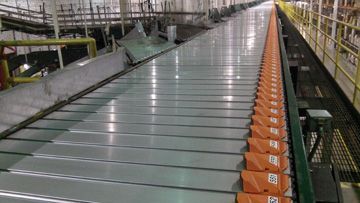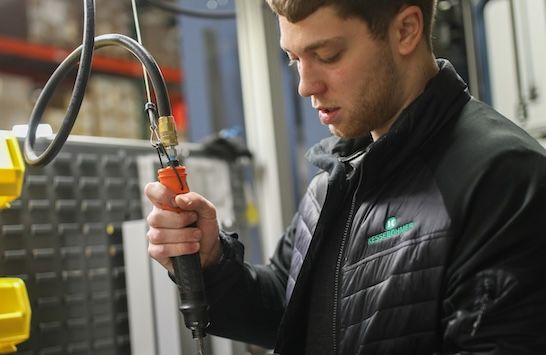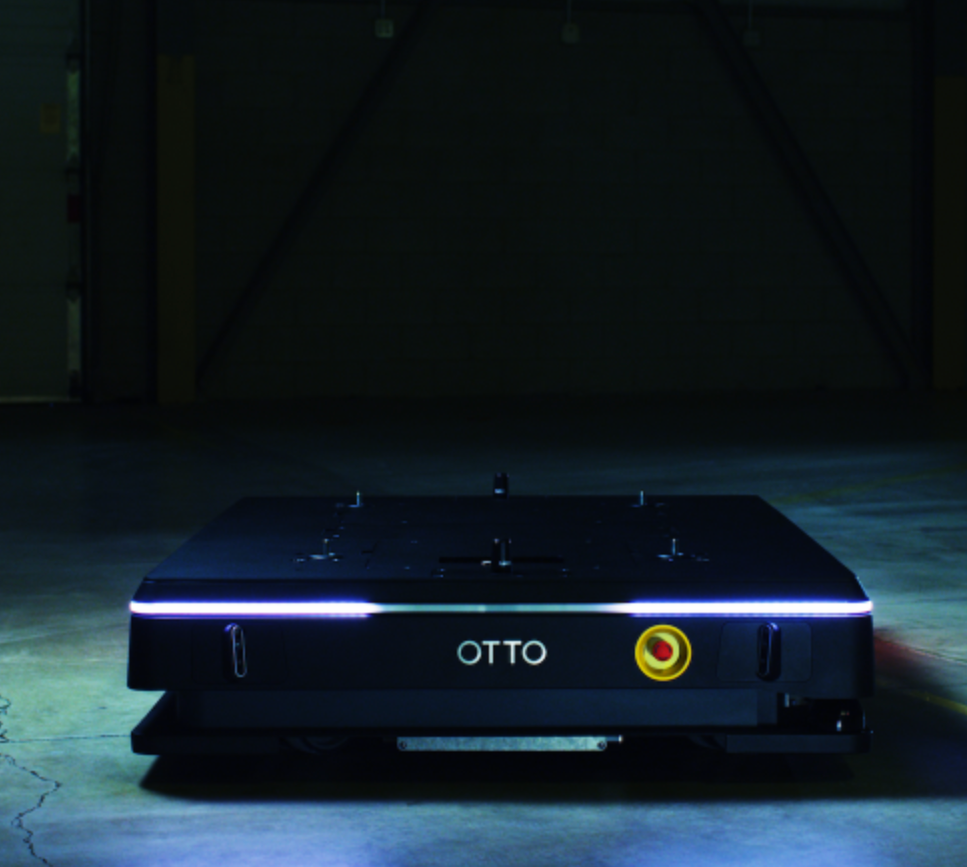Blog
How industrial robotics create a more productive work environment for employees

Industrial robots have been used by manufacturers for decades. But, the ways and the complexity of tasks they can perform within that environment has increased dramatically in recent years. One way in particular is by improving materials handling and other repetitive tasks required for production. AMRs (autonomous mobile robots) and other forms of automation create significant efficiencies in production by improving tasks like parts retrieval or transferring materials within a facility.
However, the use of robotics is not without controversy. Understandably, many employees and labor unions can perceive automation as a threat to their well-being and job security. Like many things, the reality is not so black and white. There are many ways that robotics improve conditions and create new opportunities for workers - not just eliminate them. Adding automation does not always equal job loss.
Employee satisfaction

photo credit: theengineer.com
Job security is always a concern among union employees when the idea of robots is discussed. There are, however, many applications of the technology that enhance worker’s jobs, too. A good example is with the materials handling function, where machines can perform tasks that are repetitive or even dangerous for employees to perform.
Aside from creating a safer work environment, it also allows employees to work in new ways, like overseeing and operating the robotics doing the work. The means people are empowered to focus on higher-level, more engaging tasks. These types of changes also serve to improve employee satisfaction, which results in lower turnover.
Employee safety

photo credit: ecuak.com
Physical and mental fatigue, as well as accidents in the warehouse, can be reduced with the use of robots. Injuries from lifting and moving large objects is one of the most common causes. Fast-paced production lines place stress on workers as well, increasing the danger of injury. In many of these situations, robotics can be programmed to keep up with the necessary pace with no personal risk to an employee. They are then able to focus their efforts things like Q.C. checks or specialty orders that improve quality and customer service.
Meeting demand
Robots also allow companies to maximize their employees’ skills. There is already a shortage of skilled workers within many large sectors of manufacturing. Enough employees simply cannot be found to do the jobs that need done. Automation helps to fill that gap in capacity and give companies the resources they need to meet demand. In the end, this enables manufacturers to do more with the resources they have as well as take on additional work they’d otherwise have to turn away.
The important lesson is that the purpose of automation is not to eliminate jobs. Companies are already desperate for good employees. In many ways, robotics are a necessary method to help maximize the employee resources a company has, as well as help create a competitive advantage.
Higher production / lower cost
Yes, speed and efficiency matter, but a company’s success still comes down to having the best employees and workplace culture. Overall, using robots for materials handling should provide a higher output for a lower cost. In other words there has to be a positive ROI. But automating functions like material handling has to also create a better environment for workers, too. When used correctly robots augment, not replace, human labor.






